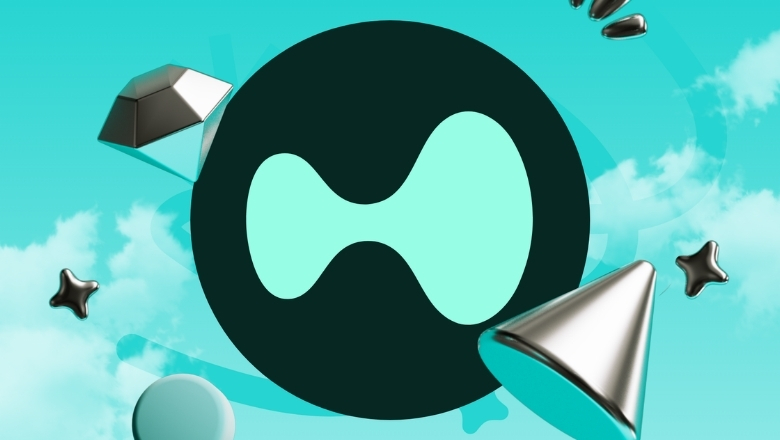Decentralized trading platform Hyperliquid achieved its highest-ever monthly revenue and volume in August, according to DefiLlama. The platform generated $106 million in revenue, marking a 23% jump from July’s $86.6 million. This growth was fueled by an impressive perpetual trading volume of nearly $400 billion.
In recent months, Hyperliquid has continued to secure a commanding share of the decentralized perpetuals sector. Data from PRIME shows that Hyperliquid controlled nearly 70% of the market, outpacing other top players such as Jupiter and Orderly Network.
Analysts attribute the platform’s rapid rise to its on-chain architecture powered by HyperEVM, its proprietary Layer-1 blockchain. The network delivers high performance and lower fees, making it attractive for traders who want alternatives to centralized exchanges. This momentum has also drawn institutional interest, highlighted by 21Shares launching a Hyperliquid exchange-traded product (ETP) on the SIX Swiss Exchange.
Whale Manipulation Sparks Criticism
Despite the record-breaking growth, Hyperliquid has faced controversy. In August, a whale trader was accused of manipulating the futures market for the XPL token, causing a price spike that left other traders with major losses. A similar event occurred earlier this year in March, involving the Jelly memecoin futures market.
Platform Response and Safeguards
To address these issues, Hyperliquid has rolled out new risk-control measures. These include:
-
A 10x price cap based on the 8-hour exponential moving average.
-
Integration of external market data to ensure greater price stability.
What’s Next for Hyperliquid?
Experts note that the future sustainability of Hyperliquid’s growth depends on whether it can scale efficiently while maintaining its technical edge. As PRIME’s Brandon Kae and Ivan Wu put it, the challenge lies in expanding to meet rising demand without losing the performance advantage that lured traders away from centralized platforms.


